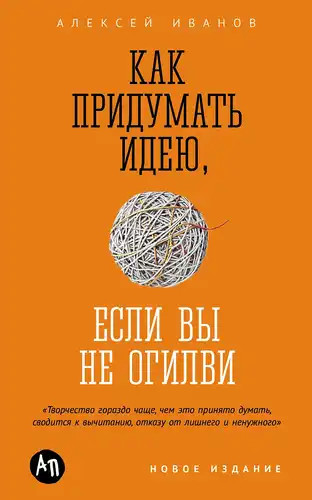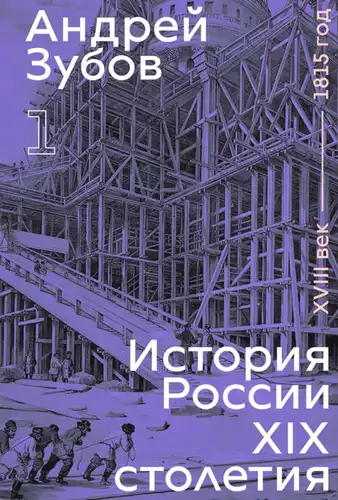€ 14.00
Mining civilization
Горнозаводская цивилизация
The Urals are the most industrialized zone on planet Earth. Total industrialization of the region began with the reforms of Peter I, and under Catherine II, thanks to the Urals, the Russian Empire became a world industrial leader. In Russian history, something like this happened only once - at the end of the 18th century. By this time, more than two hundred mining plants had been built in the Urals.
The Russian government managed to achieve such an outstanding result using very specific methods. National industry, private and state-owned, was removed from the laws of the empire and organized as a state within a state. A state of mining plants was built in the Urals with its own legislation and its own court, with its own bureaucratic hierarchy and its own administrative division, with its own capital - the "ideal city" of Yekaterinburg.
"For the development of each region, their most effective type of economy is determined. For example, in the Russian North - industrial artels, and in the Russian South - Cossack villages. In the center of Russia - peasant communities. The Urals are most effectively developed by industry — mining plants. The type of development dictates the nature of society. And society determines the main value through which a person realizes himself."
The state of mining plants gave birth to a new and unprecedented cultural phenomenon, which in the 20th century sociologists called the "mining civilization". This is a version of the Russian world, but with a special system of values, with a special mythology, with special cultural heroes. And the Russian mining identity, also known as the Ural identity, turned out to be the standard of industrialism.
In an era when globalization is reformatting the world into a post-industrial consumer society, it is very important to understand what the industrial society of creation was like — especially in its exemplary and domestic version.
"Even in industry, the Stroganovs were ideologically derived from the agrarian world, they saw the ideal in the community. And the Demidovs, even though they were burdened with the remnants of the peasant world order, were still already bourgeoisie.”
More by this author

Authentic Communication: The Practice of Honest and Caring Communication
Аутентичная коммуникация: Практика честного и бережного общения
€ 13.00
Similar books
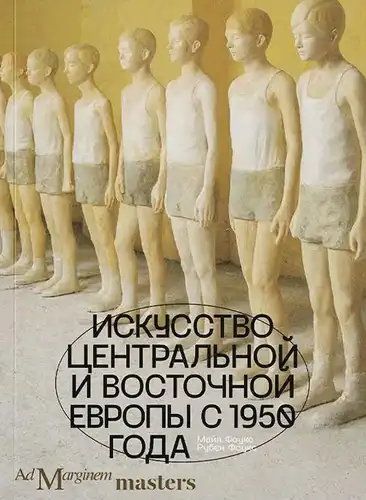
Art of Central and Eastern Europe since 1950
Искусство Центральной и Восточной Европы с 1950 года
€ 19.00
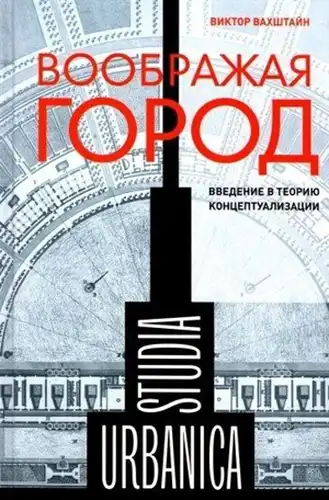
Imagining the City: An Introduction to Conceptualization Theory
Воображая город: Введение в теорию концептуализации
€ 19.00
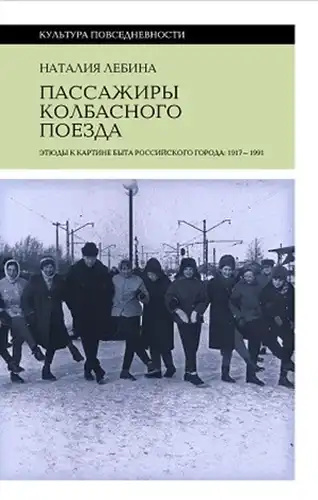
Passengers of the Sausage Train: Sketches for the Picture of Russian City Life: 1917–1991
Пассажиры колбасного поезда: Этюды к картине быта российского города: 1917–1991
€ 19.00

